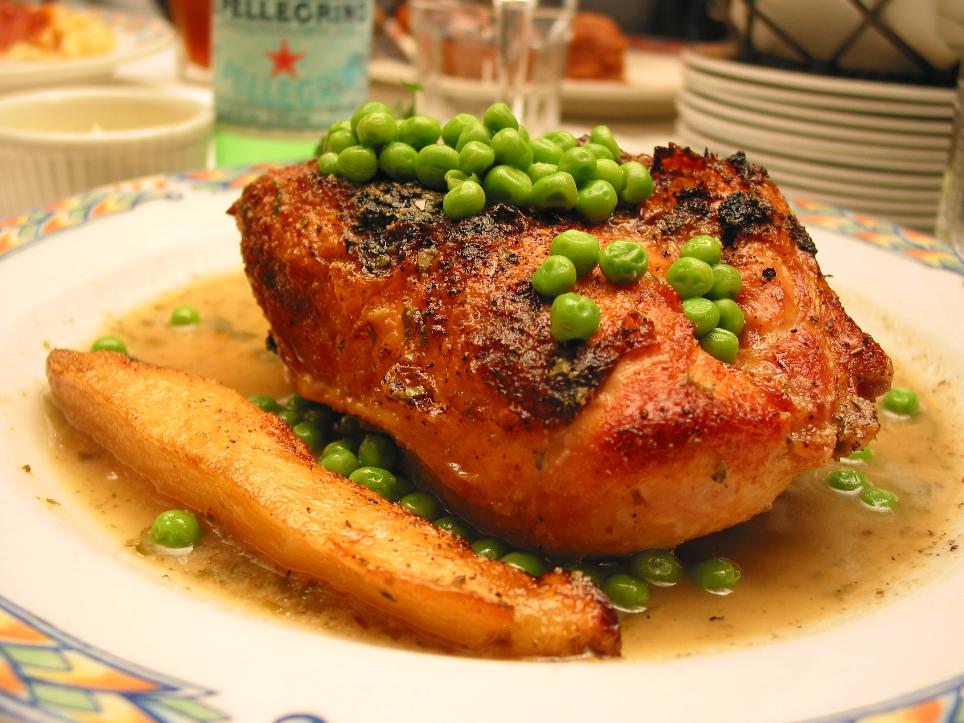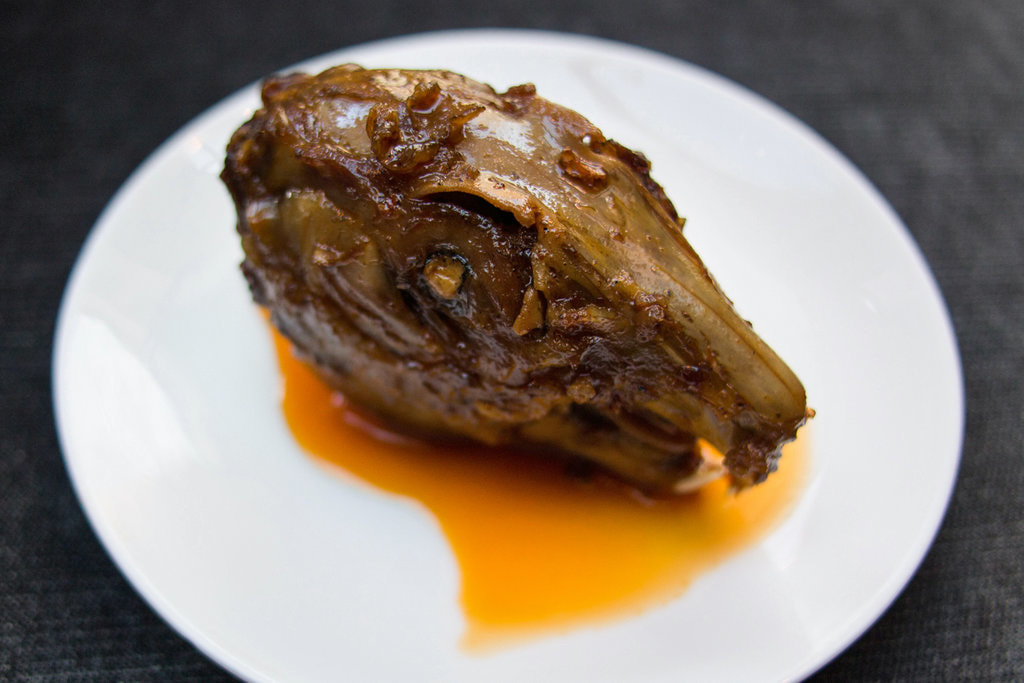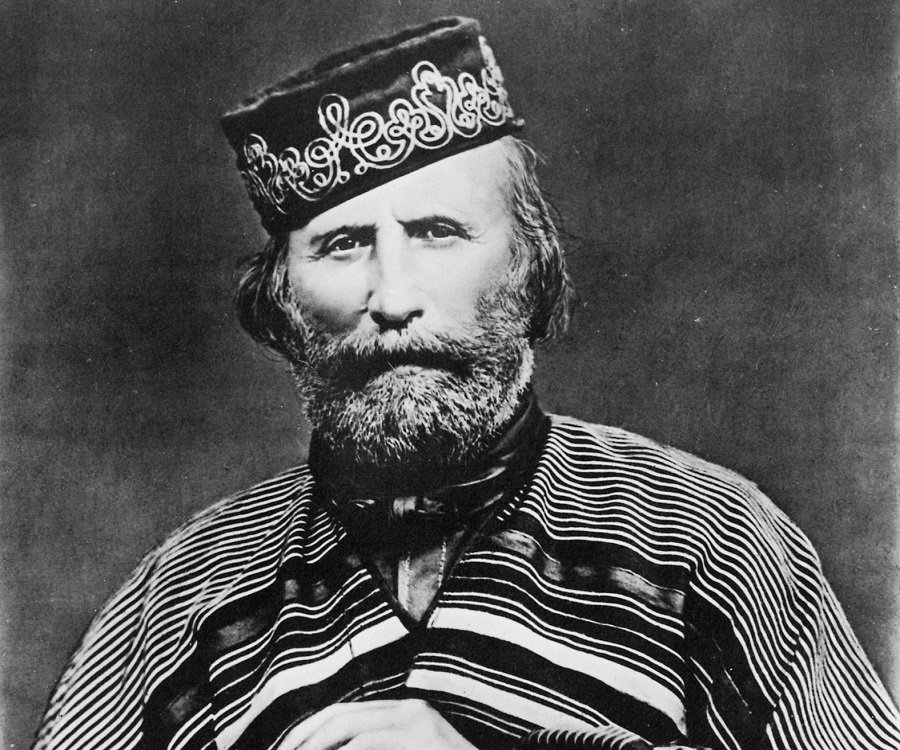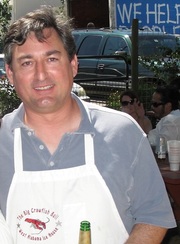Though it will come up at times during the discussions of Bagwell’s career this weekend, I don’t believe that he is given enough credit for being an all-around ballplayer. He was a very good fielder, one of the best defensive first basemen of his era – certainly the best of the right-handed ones – even if he was not as slick as someone like Mark Grace of the Cubs. He came up as a third basemen, after all, and a pretty good one at that. His excellent defensive abilities stand in contrast to fellow Hall of Fame first baseman and sharer of his birthdate (May 27, 1968), Frank Thomas of the White Sox, a modern day Dr. Strangeglove – to impugn the original bearer of that nickname, Dick Stuart, who wasn’t as limited in the field as Thomas.
Even more impressive to me than his fielding was his base running. Not his base stealing, for which he did steal over 200 bases at a respectable 72% success rate, but his running of the bases. He always seemed to traverse the bases with the minimum of distance, cornering each bag perfectly and, most importantly, getting the most bases possible per play, taking the extra base when warranted, with rarely an error in base running in his entire career. From fans who watched both, his base-running prowess drew comparison with the legendary base running skills of the even more legendary Joe DiMaggio. With his base running, fielding and all around great baseball sense, he was as productive as he could be outside of the batter’s box, and a joy to watch as an Astros fan that I did countless times in the Dome, Enron Field and MinuteMaid.
And he wasn’t a bat hitter, either.




 RSS Feed
RSS Feed

